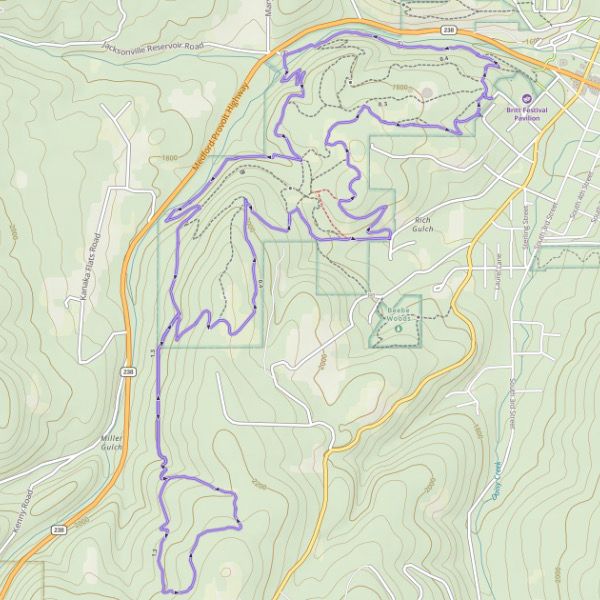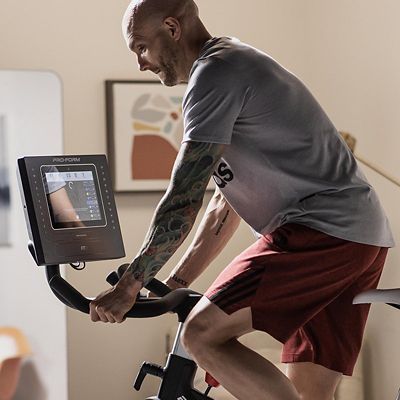
Beginners beware: Running hard on a track can tax your body and, worse, injure you. However, if you’ve built up to running consistently (where you’re comfortable heading out five days a week) and you vary your paces during those outings, then adding a once-a-week track workout can yield real results. Doing intervals on a track can increase your speed and efficiency, which means that running at any pace will feel easier. It can also be fun.
John Zilly, co-author of Running in Circles: Sciencey, Gamey, Head-scratchy Workouts for Faster Running, has plenty of advice for work on the track that can complement your efforts in the field. Here are four track workouts that he recommends for runners either heading to the track for the first time, or returning after a hiatus.
Straights and Corners
If you haven’t run intervals in a while (or ever), this is a great workout to ease back into the feeling of speed. The high-output efforts are short: just 100 meters at a time.
TRY IT: After a 10- or 15-minute warm-up of jogging slowly, run the straightaways on the track fast, but not too fast. “Think of these as striders instead of 100-meter sprints,” advises Zilly. “It’s easy to get caught up in running too fast since these are short efforts, but running them too fast can lead to injury.” Gradually build speed to max out at roughly 75 to 80% effort, says Zilly. At the end of the straightaway, slow to a recovery jog for the duration of the curve on the track, which is also 100 meters. Once you reach the straightaway, gradually build your speed again. Repeat for two to three laps before jogging at least a 10-minute cooldown at an easy pace. Build toward four to six laps over subsequent track sessions.

























